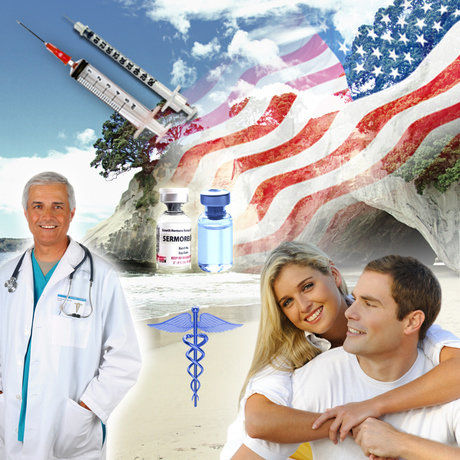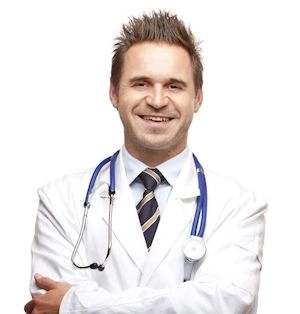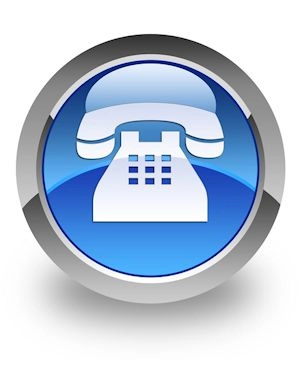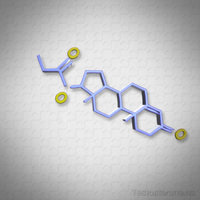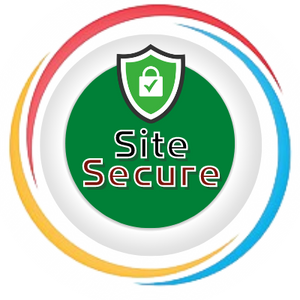 Male hypogonadism could be a severe diagnosis for a man, but do you even know what it is? And that there are two different types of hypogonadism?
Male hypogonadism could be a severe diagnosis for a man, but do you even know what it is? And that there are two different types of hypogonadism?
In recent decades, it is becoming a more common issue with older men and even younger men due to environmental pollutants and poor lifestyle habits. To compare the two types, let's start with the basics.
Testosterone: The Male Sex Hormone
Testosterone is one of the most critical hormones a man produces in his body; it makes men MEN. It plays so many roles in general health as well as fertility. It is considered a primary sex hormone and is produced in the testicles.
Even women make testosterone in their ovaries but in much smaller amounts. Testosterone peaks significantly during puberty and causes the changes boys see and feel that turn them into men.
In addition, testosterone increases a man’s sex drive and is one of the primary hormones that stimulate sperm production. Other roles it plays in the male body are muscle and bone development, sex organ development (penis and prostate), hair growth, mood, and sexual functions.
As you can see, testosterone is vital to a man’s health. If his levels are low, he may be in serious trouble. If a man’s testosterone levels fall below 300 ng/mL, he is clinically diagnosed with low testosterone or hypogonadism.
What is Hypogonadism?
During fetal development, puberty, or adulthood, hypogonadism can occur in men or boys. The different signs and symptoms depend on when precisely the condition develops in a man’s life.
 When poor testosterone levels are produced during fetal development, the external sex organs may not develop properly.
When poor testosterone levels are produced during fetal development, the external sex organs may not develop properly.
Sometimes, the child may be born with female genitals. Otherwise, the more commonly seen symptoms are ambiguous genitals or underdeveloped male genitals.
If hypogonadism hits during puberty, the normal development from boyhood to manhood may be incomplete or barely happen.
Muscle mass may not develop, the voice may never deepen, facial and body hair may not grow, and growth of the penis and testicles may be hampered. In addition, excessive growth of arms and legs about the body may occur, as well as gynecomastia.
For adult men, when hypogonadism occurs, their already developed masculine characteristics may be negatively affected, as well as their reproductive function. Symptoms include decreased sex drive and energy, depression, infertility, low muscle mass, gynecomastia, decreased hair growth, erectile dysfunction, and loss of bone mass.
If hypogonadism goes on long enough without treatment, men may experience symptoms similar to menopause for women and, eventually, severe depression. Hormones are not something to play with or treat lightly as a medical concern.
Primary Vs. Secondary Hypogonadism
What distinguishes primary and secondary hypogonadism is the cause of the condition. Hypogonadism can be caused for different reasons, but in medical terms, if the testicles are not producing enough testosterone…
 Primary Hypogonadism results...
Primary Hypogonadism results...
...because the actual testicles fail to produce testosterone, this is defined as primary hypogonadism. It can also be called primary testicular failure. The issue of low testosterone production originates in the testicles.
This may be due to causes such as damage to the testicles (physical/radiation/toxins), Klinefelter syndrome (genetic abnormality), undescended testicles, mumps infection, excess iron in the blood, and cancer treatment.
Secondary Hypogonadism
When the issue originates in the hypothalamus or pituitary gland, then this is defined as secondary hypogonadism. These brain areas send hormone signals to the testicles, telling them to start testosterone production. If they aren’t sending signals, then no testosterone is produced.
The hypothalamus starts by producing gonadotropin-releasing hormone, which travels to the pituitary gland. Two other hormones are then produced called follicle-stimulating hormone (FSH) and luteinizing hormone (LH), which travel to the testicles stimulating testosterone production.
Therefore, secondary hypogonadism is seen when the testicles usually function but aren’t stimulated to produce testosterone by the brain. Causes of such a condition include Kallmann’s syndrome (brain abnormality), pituitary gland disorders, inflammatory disease, HIV/AIDS, medications (opiates/hormones), obesity, and natural aging.
 Treating Hypogonadism
Treating Hypogonadism
If you are suffering from either primary or secondary hypogonadism, it can be a manageable condition to treat, mainly when the patient follows the precise directions given by his physician.
A patient can undergo hormone replacement therapy (HRT) to replace the missing testosterone.
Low testosterone patients have many options, including injections, creams, and gels. Our clinic offers all three of these options. If you are concerned about your testosterone levels, take the time to get your levels tested. You definitely do not want to experience the above symptoms if you don’t have to.
Contact Us For A Fast And Professional Response

- Sermorelin — HGH Injections Versus Sermorelin and Testosterone Therapy Programs [Last Updated On: February 20th, 2025] [Originally Added On: September 20th, 2020]
- The scientific research benefits of testosterone treatment (TRT) [Last Updated On: November 24th, 2024] [Originally Added On: September 26th, 2020]
- Low-T Associated with Increased Risk of Atherosclerosis in Men with Type-2 Diabetes [Last Updated On: April 17th, 2025] [Originally Added On: October 20th, 2020]
- Health Changes Associated with Low Testosterone and Andropause [Last Updated On: October 29th, 2024] [Originally Added On: November 16th, 2020]
- Five Sports for Living Longer – Life Extension Through Sport [Last Updated On: March 16th, 2025] [Originally Added On: December 2nd, 2020]
- Covid-19 Mortality Risk Correlates With Low-T [Last Updated On: April 16th, 2025] [Originally Added On: December 17th, 2020]
- New Research Explores How Testosterone Influences Your Popular or Unpopular Opinions [Last Updated On: January 16th, 2025] [Originally Added On: February 22nd, 2021]
- Testosterone Cypionate Information [Last Updated On: November 16th, 2024] [Originally Added On: May 5th, 2021]
- Testosterone Replacement Therapy May Help Cure Non-Alcoholic Fatty Liver Disease [Last Updated On: January 13th, 2025] [Originally Added On: June 5th, 2021]
- Hydraulic Fracturing: Another Environmental Pollutant That Affects Your Testosterone Levels [Last Updated On: January 7th, 2025] [Originally Added On: July 11th, 2021]
- Can Low Testosterone Be Cured? [Last Updated On: January 17th, 2025] [Originally Added On: September 5th, 2021]
- Low Testosterone (Low T) [Last Updated On: April 25th, 2025] [Originally Added On: September 7th, 2021]
- Low Testosterone – A Possible Link to Rheumatoid Arthritis Risk? [Last Updated On: January 21st, 2025] [Originally Added On: February 12th, 2022]
- The (Surprising) Necessity for Estrogen in Men [Last Updated On: January 22nd, 2025] [Originally Added On: March 1st, 2022]
- Anti-Aging Benefits from Hormone Balance [Last Updated On: January 18th, 2025] [Originally Added On: March 22nd, 2022]
- Male Testosterone Levels Have Dropped by Half - Fact or Myth? [Last Updated On: November 1st, 2024] [Originally Added On: May 14th, 2022]
- Tlando is on the Market – Oral Testosterone Replacement Therapy [Last Updated On: January 20th, 2025] [Originally Added On: June 9th, 2022]
- Tlando Low-T Treatment - A Safe and Effective Pill for Testosterone Deficiency [Last Updated On: November 8th, 2024] [Originally Added On: June 25th, 2022]
- Fatigue and Lack of Sexual Interest: Could it be Male Menopause? [Last Updated On: January 25th, 2025] [Originally Added On: June 27th, 2022]
- The Power of Testosterone—Improving Memory in Diabetics [Last Updated On: November 7th, 2024] [Originally Added On: July 12th, 2022]
- Kyzatrex Achieves FDA Approval—A Brand New Oral Testosterone Treatment [Last Updated On: November 9th, 2024] [Originally Added On: August 13th, 2022]
- How Testosterone and Social Context Influence Behavior [Last Updated On: November 22nd, 2024] [Originally Added On: December 11th, 2022]
